The Australian industry has been rising for the last fifteen years. Solar panel costs gravitate like never before, especially the standard system price. It is thanks to various technological enhancements. As of 2010, Australians could spend less with the addition of government rebates, with the 5kW solar system costing approximately $10,000. Currently, and even with low government subsidies, you can spend as little as $5,000 for a quality 6.6kW system.
Most solar panels and inverters are sourced from China, where production costs have reached an all-time low over the last few years. With more manufacturers making these products, stiff competition has also reduced costs, keeping it open for business.
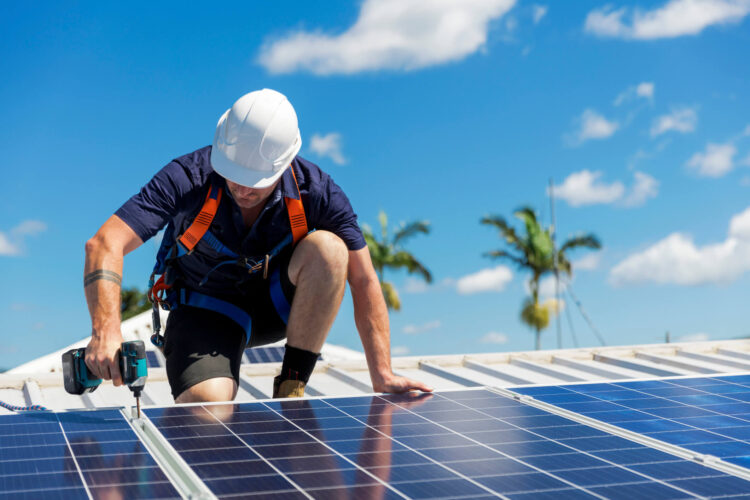
Wish For A Solar Panel Installation? Here Is What It Costs
Government subsidies have lowered the costs significantly. And guess what? Not only are panels in Australia more affordable than ever, but they are also cheaper than in most countries around the globe. What remains a puzzle to many is the significant variation in the advertised prices of solar panels. It can be particularly confusing if you wish to go while making the most of your investment.
For the standard 6.6kW system with entry-level products, different retailers and installers can give you a quote from $3,500 to $7,000. So, why the considerable variation for products that supposedly offer the same value? The solar business costs and, precisely, the solar business models in Australia may have some answers. Want to learn more? Click here!
What Are The Types Of Solar Businesses?
These are three in number and include:
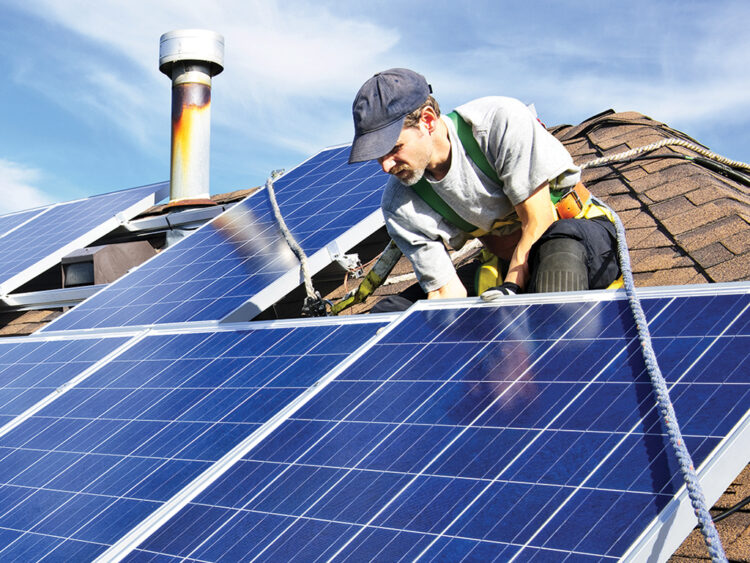
Well-established solar retailers
You can call them the ‘full-service’ businesses as they wear more than one hat. Typically, they have an operations centre and a warehouse and provide in-house consultations for prospects. Their high-level qualifications and access to adequate resources allow them to successfully and safely complete jobs. They also offer peace of mind to customers, guaranteeing excellent customer service with available technical support personnel.
However, large solar retailers have been adapting the low-cost model to cut down on operation costs. The end is low quality and unsatisfactory service to customers. They will often run operations from overseas call centres in India or the Philippines. They also leave the installation work to subcontractors for low prices that come with shoddy work.
Solar marketers
These are micro-businesses whose operators make use of subcontractors. They tend to collect their solar panels from distributors and wholesalers and deliver them to customers. Despite the virtual office address, they lure customers with well-done websites as part of their selling point. They operate on slim margins and can’t offer long-term customer service. They also provide reputable solar brands at unbelievably low prices, hiding their limitations from their customers.
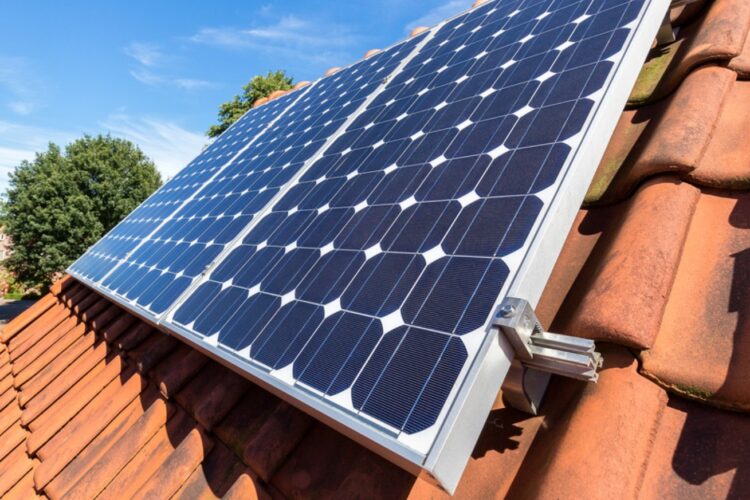
Installers
These are generally tradespeople without any operation base. Their businesses are run from vans, through which they purchase products from distributors and wholesalers. They will be lucky to find a job for the day and can not offer high customer service due to low profits.
The Solar Panel Installation Costs Breakdown
If you’ve ever run or owned a business, you probably understand how hard it can get. Costs can quickly add up, leaving you stooped of cash with critical decisions to be made. Any business that supplies or instals solar power systems must incur direct and indirect costs.
Direct costs
These are costs associated with the necessary items for carrying out a job. For instance, a 6.6kW system with entry-level elements involves various expenses, including affordable solar panels at $3,070, a cheap inverter at $550, low-level installation at $1,880, and roof mount kits at $440. It leads from a third party at $250. These costs add up to $6,190 without any profits. With a rebate of $3,403, the customer price comes to $2,787, and still without any profits. Yet, this is the lowest price possible for the 6.6kW system. That means it only increases when you opt for a high-quality system and quality installers.
Usually, marketers and installers face overhead costs, with transactional operations rarely concentrating on excellent customer service. After-sales service can be too costly for these businesses.
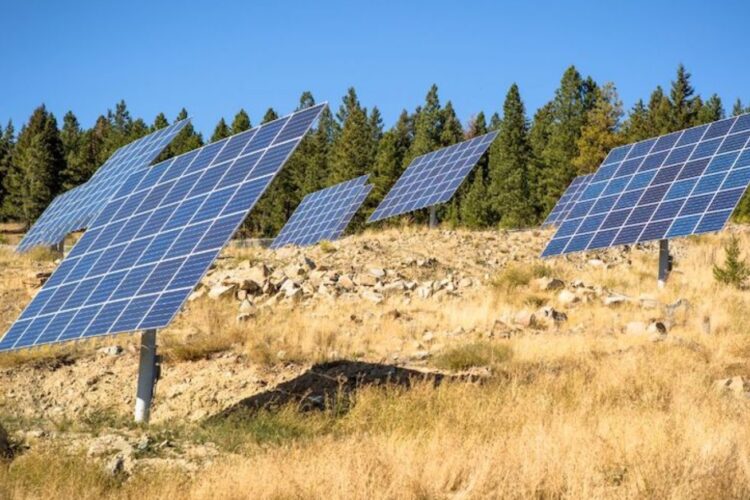
Indirect and fixed costs
These costs are oriented towards high-level customer service and meeting customers’ expectations with after-sales service. They incorporate but are not limited to rental fees, payroll expenses, marketing efforts, fleet costs, utilities, IT platforms fees, accreditations and licensing, insurances and provisions to cover long-term warranty policies.
Expert solar retailers incur both types of costs. Their higher prices are tailored to meet these costs and account for the cost of offering unique before and after sales experiences. The profit goes into meeting customer expectations and sustaining the business, leaving them with no option but to add a fair profit on top of the costs. The mark-up falls anywhere between 15% to 30%.
There are many types of solar panels, and some operators offer a 6.6kW system at an incredibly low solar panel cost of $3,000 with a 10 to 25 years warranty. This doesn’t make sense unless it’s not one of the best solar panels.
On The Fence About The Solar Retailer To Choose?
You should be! Particularly if you want to make a worthwhile investment that will truly make a difference to your bottom line. An ideal company should offer professional service, from consultation and design to installation. Consider a few questions below:
Does the business visit your premises to determine the property’s particular needs? Or did they offer a quote from an operation centre overseas?
Is it a tailored service where the company considers the appropriate products and system size for you? Or is it more of a standard approach?
Does the business have a physical address that you can visit when necessary? Or are you simply dealing with a pimped website connecting to overseas calls?
Can the business handle any discrepancies before or after the installation? Do they have the resources it takes?
Is it an expert installation that seeks to maintain the roof’s integrity with well-followed procedures?
Will they honour their warranty obligations? Or are they likely to disappear like thousands of solar businesses every few years?
Is the entire purchase and installation price too compelling?
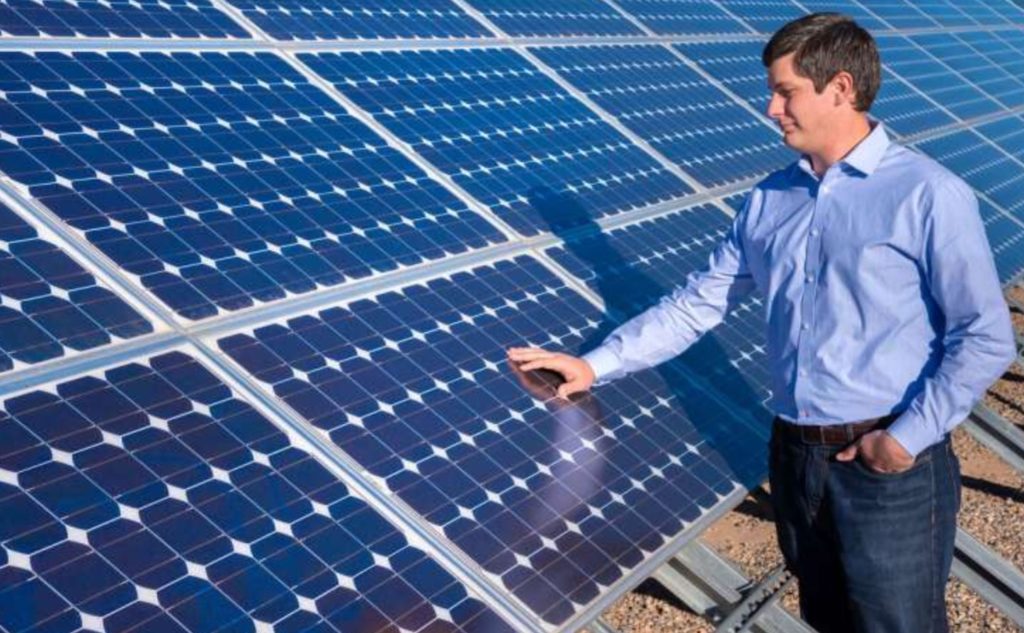
Conclusion
It’s better to be safe with a quality system than sorry with a cheap system that may leave you with all kinds of trouble. While proper maintenance, like solar panel cleaning, can boost solar panel efficiency, it all comes down to the actual quality of the system. That said, you could save a few hundred dollars upfront with a cheap system and installation but generate less power and even spend thousands more for repairs and any other issues you may encounter.
The post A Breakdown Of The Cost Of Solar appeared first on FotoLog.
from FotoLog https://ift.tt/lKdUxMQ
via IFTTT


0 Comments